#empire period
Text
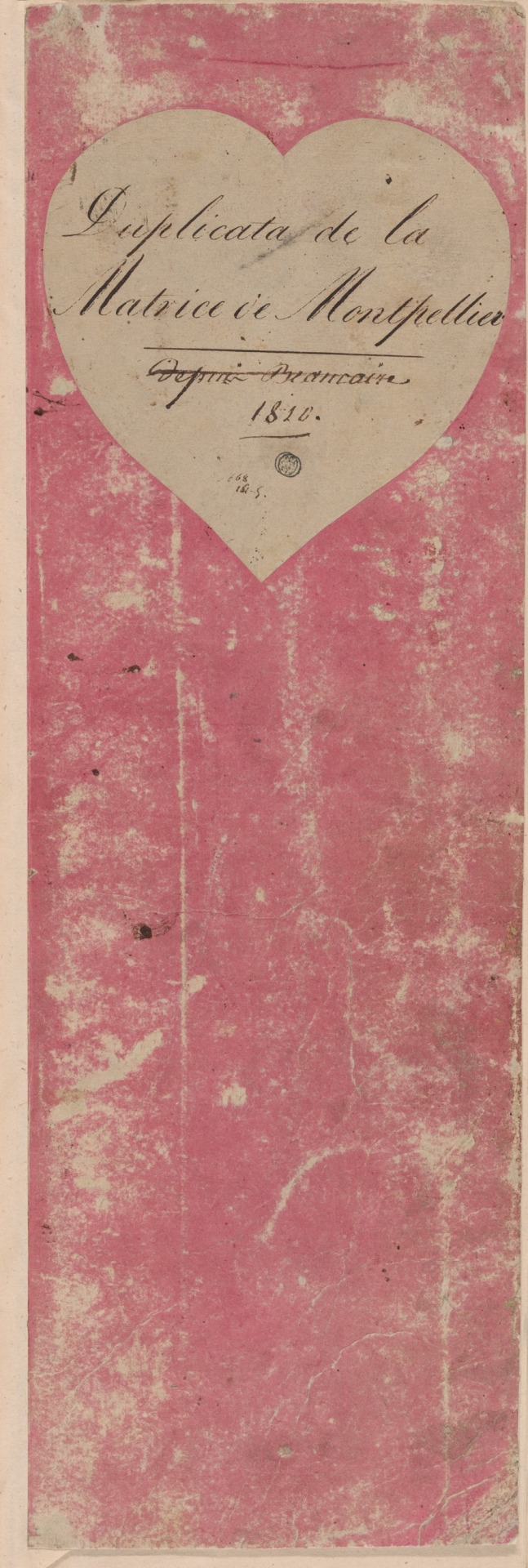
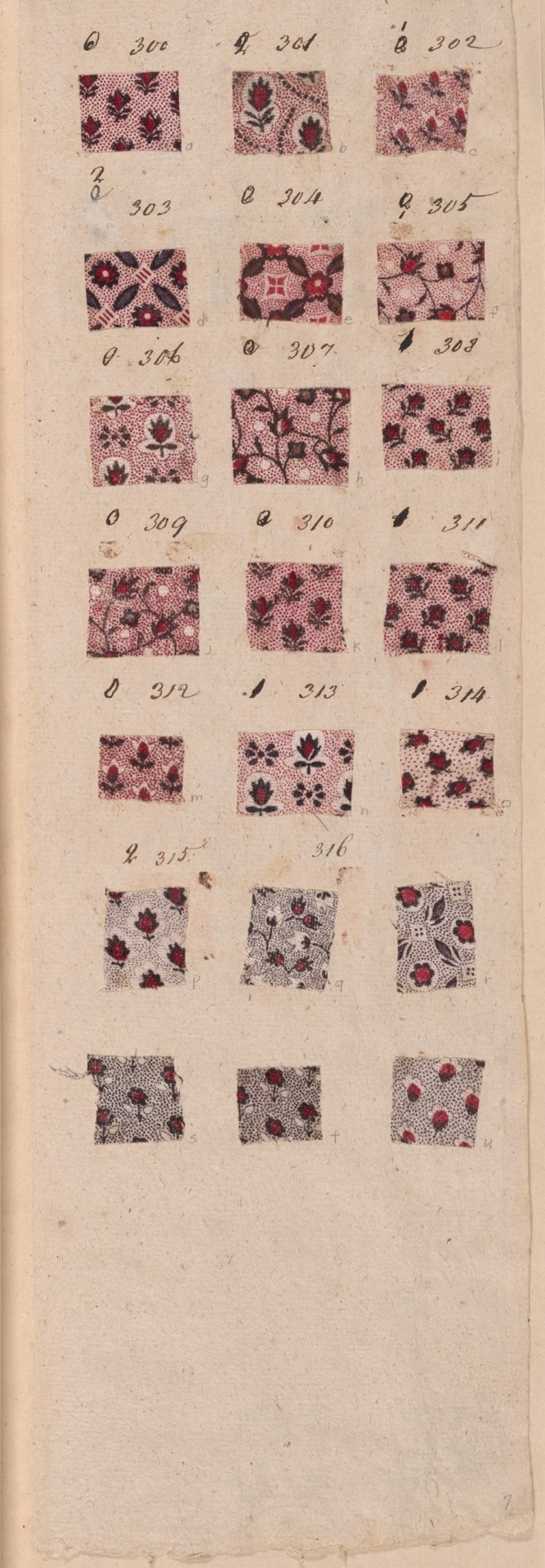





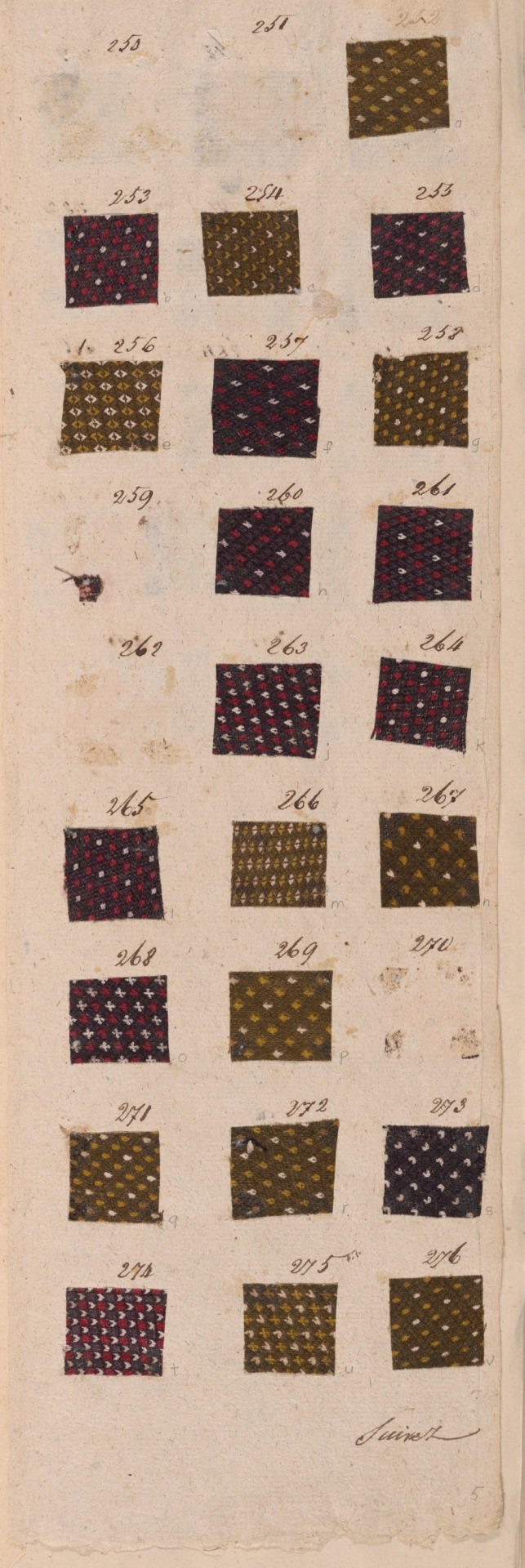

Copy of the Goods of Montpellier
France, c. 1810
Napoleonic era
This book illustrates the huge variety of intricate patterns printed in vivid colors on cotton textiles for fashion during the early 19th century. The book comes from Montpellier, a town on the southern coast of France that is not known today as a center of textile printing. Thus these samples indicate how much more widespread the textile industry was in Europe during the Industrial Revolution. This book contains more than 2,300 small samples.
Source: Art Institute of Chicago
#textiles#colors#farbric#Montpellier#book#napoleonic era#napoleonic#19th century#1800s#1810#cotton#textile#fashion#style#pretty#empire period#empire style#first french empire#french empire#french#art#France#fabric#french art#empire#napoleon#19th century art#history#women#pattern
486 notes
·
View notes
Text
the fact that shakespeare was a playwright is sometimes so funny to me. just the concept of the "greatest writer of the English language" being a random 450-year-old entertainer, a 16th cent pop cultural sensation (thanks in large part to puns & dirty jokes & verbiage & a long-running appeal to commoners). and his work was made to be watched not read, but in the classroom teachers just hand us his scripts and say "that's literature"
just...imagine it's 2450 A.D. and English Lit students are regularly going into 100k debt writing postdoc theses on The Simpsons screenplays. the original animation hasn't even been preserved, it's literally just scripts and the occasional SDH subtitles.txt. they've been republished more times than the Bible
#due to the Great Data Decay academics write viciously argumentative articles on which episodes aired in what order#at conferences professors have known to engage in physically violent altercations whilst debating the air date number of household viewers#90% of the couch gags have been lost and there is a billion dollar trade in counterfeit “lost copies”#serious note: i'll be honest i always assumed it was english imperialism that made shakespeare so inescapable in the 19th/20th cent#like his writing should have become obscure at the same level of his contemporaries#but british imperialists needed an ENGLISH LANGUAGE (and BRITISH) writer to venerate#and shakespeare wrote so many damn things that there was a humongous body of work just sitting there waiting to be culturally exploited...#i know it didn't happen like this but i imagine a English Parliament House Committee Member For The Education Of The Masses or something#cartoonishly stumbling over a dusty cobwebbed crate labelled the Complete Works of Shakespeare#and going 'Eureka! this shall make excellent propoganda for fabricating a national identity in a time of great social unrest.#it will be a cornerstone of our elitist educational institutions for centuries to come! long live our decaying empire!'#'what good fortune that this used to be accessible and entertaining to mainstream illiterate audience members...#..but now we can strip that away and make it a difficult & alienating foundation of a Classical Education! just like the latin language :)'#anyway maybe there's no such thing as the 'greatest writer of x language' in ANY language?#maybe there are just different styles and yes levels of expertise and skill but also a high degree of subjectivity#and variance in the way that we as individuals and members of different cultures/time periods experience any work of media#and that's okay! and should be acknowledged!!! and allow us to give ourselves permission to broaden our horizons#and explore the stories of marginalized/underappreciated creators#instead of worshiping the List of Top 10 Best (aka Most Famous) Whatevers Of All Time/A Certain Time Period#anyways things are famous for a reason and that reason has little to do with innate “value”#and much more to do with how it plays into the interests of powerful institutions motivated to influence our shared cultural narratives#so i'm not saying 'stop teaching shakespeare'. but like...maybe classrooms should stop using it as busy work that (by accident or designs)#happens to alienate a large number of students who could otherwise be engaging critically with works that feel more relevant to their world#(by merit of not being 4 centuries old or lacking necessary historical context or requiring untaught translation skills)#and yeah...MAYBE our educational institutions could spend less time/money on shakespeare critical analysis and more on...#...any of thousands of underfunded areas of literary research i literally (pun!) don't know where to begin#oh and p.s. the modern publishing world is in shambles and it would be neat if schoolwork could include modern works?#beautiful complicated socially relevant works of literature are published every year. it's not just the 'classics' that have value#and actually modern publications are probably an easier way for students to learn the basics. since lesson plans don't have to include the#important historical/cultural context many teens need for 20+ year old media (which is older than their entire lived experience fyi)
23K notes
·
View notes
Text
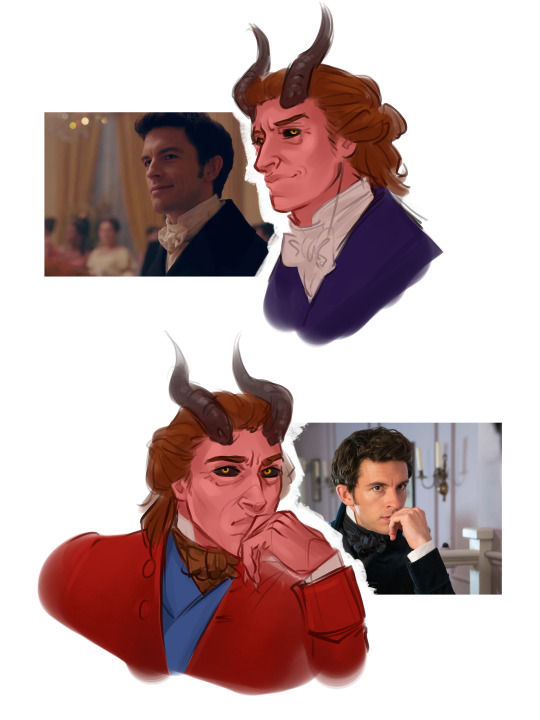
Very important Rolan/Anthony doodling studies
#baldurs gate fanart#bg3#rolan#sketch#rolan baldur's gate 3#bg3 rolan#rolan bg3#period drama#gentleman Rolan#bon appetit#art studies#anthony bridgerton#regency rolan#holy rolan empire#Duke of Ramazith's Tower#and our hearts
597 notes
·
View notes
Text
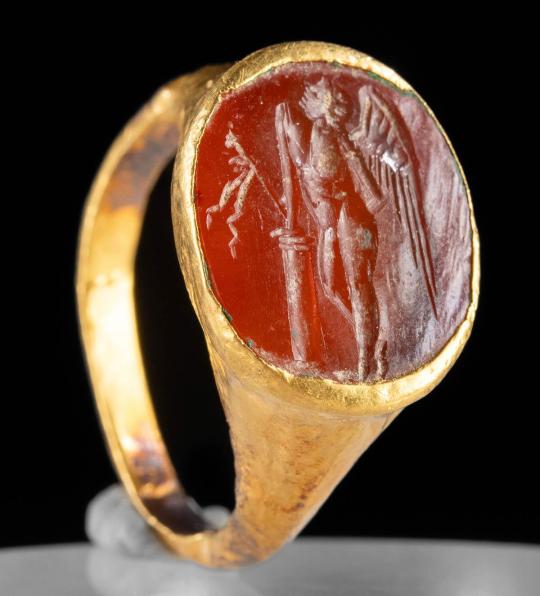
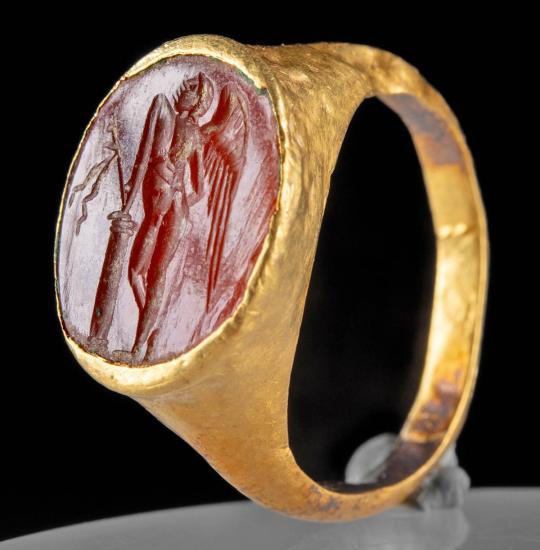
Roman Gold Ring w/ Carnelian Intaglio, Leaning Cupid
Imperial period, ca. 1st to 3rd century CE
#Roman Gold Ring#Imperial period#ca. 1st to 3rd century CE#gold#gold jewelry#ancient jewelry#ancient artifacts#archeology#archeolgst#history#history news#ancient history#ancient culture#ancient civilizations#ancient rome#roman history#roman empire#roman art
639 notes
·
View notes
Text
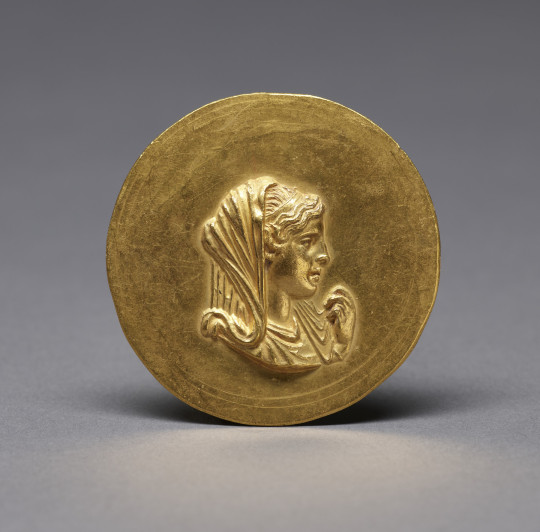

~ Medallion with Olympias.
Date: ca. A.D. 215-243
Period: Imperial Roman
Medium: Gold
#ancient#ancient art#history#museum#archeology#ancient history#roman#archaeology#Roman Empire#Medallion with Olympias#olympias#gold#imperial Period#ca. A.D. 215#ca. A.D. 243
948 notes
·
View notes
Text
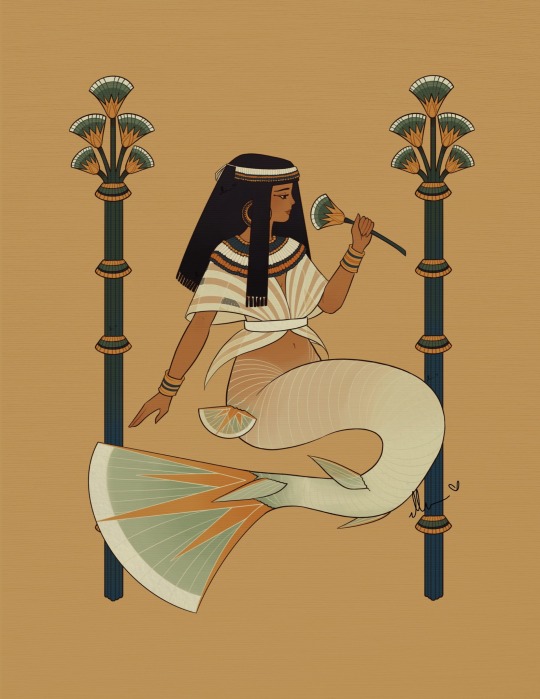


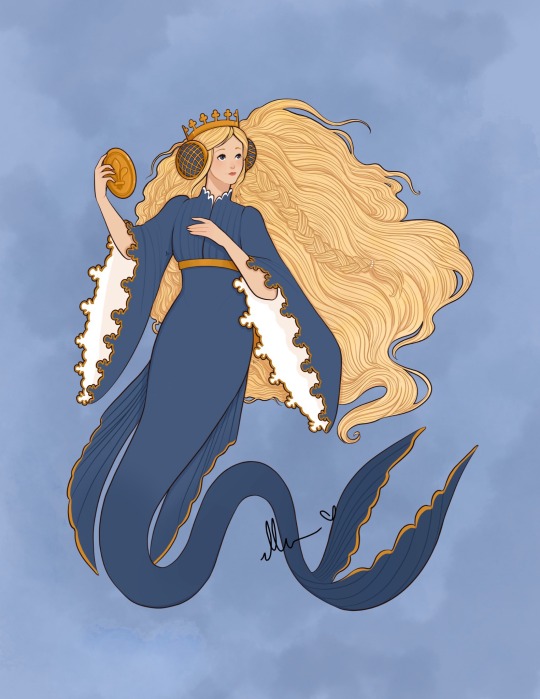

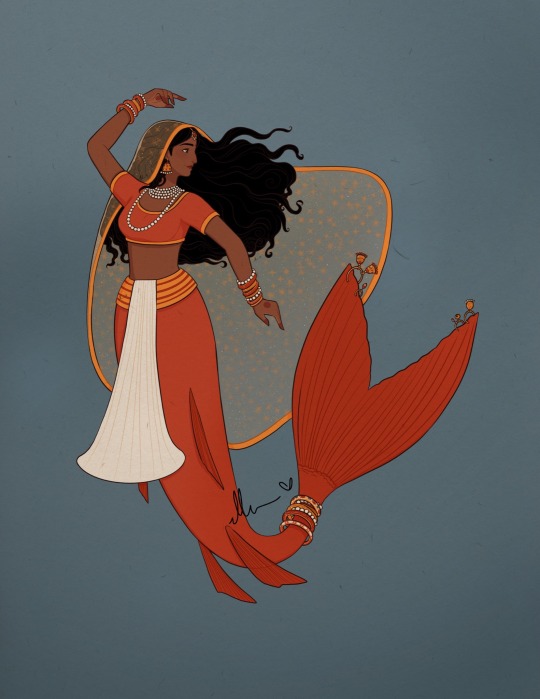


All the Historical Mermay’s together!
I had a lot of fun with this mermay prompt list by chloe.z.arts and they turned into a pretty cool collection of illustrations!
Prompt list by chloe.z.arts on instagram.
I am the artist! Do not post without permission & credit! Thank you! Come visit me over on: instagram.com/ellenartistic or tiktok: @ellenartistic
#historical mermay#mermay 2023#collection of mermaids#lnart#ellenart#historically inspired#historical fashion#it’s gonna be mermay#ancient egypt#ancient greece#tang dynasty#french medieval#italian renaissance#mughal empire#edo period#late victorian era
2K notes
·
View notes
Text

Faithful Unto Death, Edward Poynter, 1865
#art#art history#Edward Poynter#Edward John Poynter#Sir Edward John Poynter#historical painting#ancient history#Ancient Rome#Roman Empire#Pompeii#genre painting#Academicism#Academic art#British art#English art#19th century art#Victorian period#Victorian art#oil on canvas#Walker Art Gallery
1K notes
·
View notes
Text

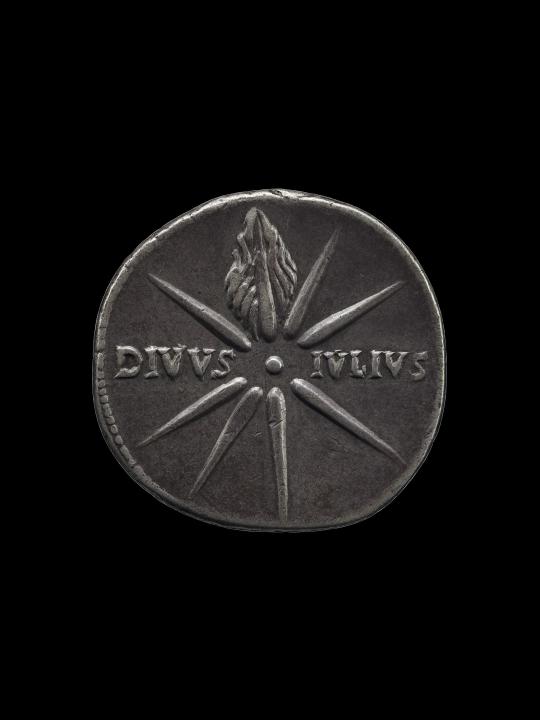
Denarius with head of Augustus wearing oak wreath (obverse) and comet with eight rays and inscription Divus Julius (reverse)
Roman (possibly minted at Caesaraugusta, modern Zaragoza in Spain), Imperial Period, 19-18 B.C.
silver
British Museum
#I love the coins of Augustus with representations of Caesar's Comet#I linked to the Wikipedia page if you want more info#denarius#Augustus#Julius Caesar#Caesar#Caesar's Comet#Divus Julius#Roman Empire#Augustan Period#Imperial Period#silver#coin#numismatics#British Museum
177 notes
·
View notes
Text
oh hello! i made a little uquiz assigning you a historical period (and maybe i call you gay)
#uquiz#tagamemnon#history#quiz#inca#napoleonic wars#ancient greece#classical greece#rome#roman empire#minoan#regency#ottoman#medieval#well medieval monastary era#idc about the rest of the medieval period SORRY#italian renaissance#new kingdom#egypt#edo japan#i had fun with this#and i was rude as always#its fun to call people gay#and unoriginal#classics
5K notes
·
View notes
Text
Muslin: The fabric that was all the rage in Napoleonic Europe
Muslin fabric was a favorite of the Empress Josephine, pictured here wearing a dress made of the fabric, in a portrait by François Gérard:
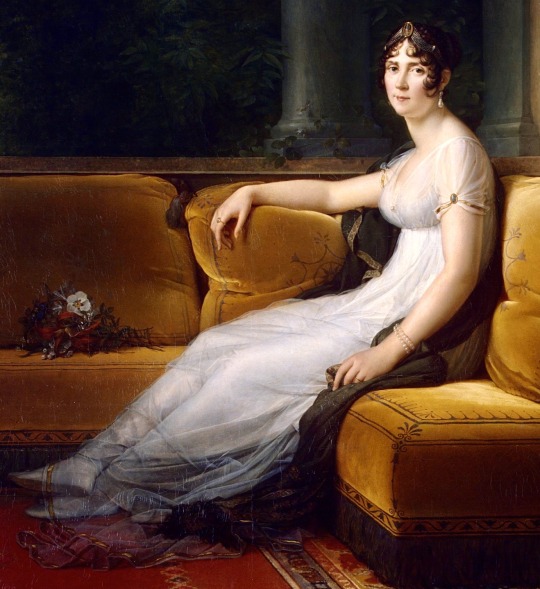
It was extremely sheer and it had the effect of making the wearer appear almost nude, especially in certain lightings.

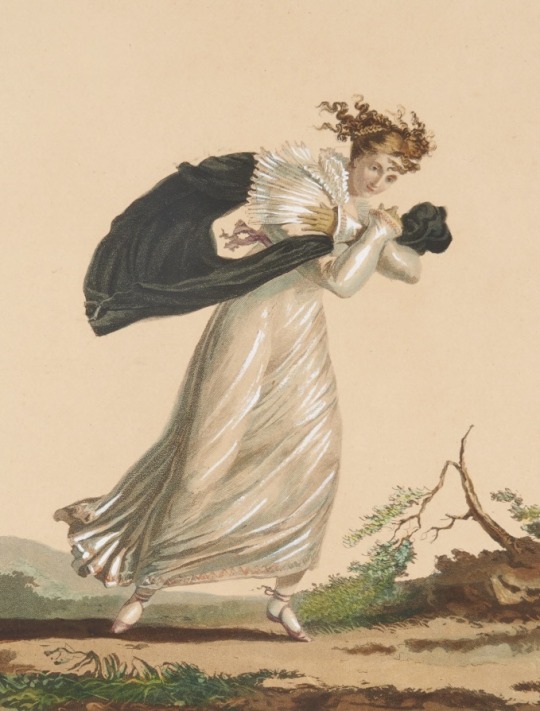
Vent derrière by Philibert-Louis Debucourt, 1812
This is a portrait of Pauline Bonaparte, Napoleon’s sister, wearing the fabric. As you can see, the entire chest area is completely exposed.

It was most commonly worn by elite Parisian women and other women in the upper social strata of European society and less so by peasants, who couldn’t always afford it and also tended to favor modesty.

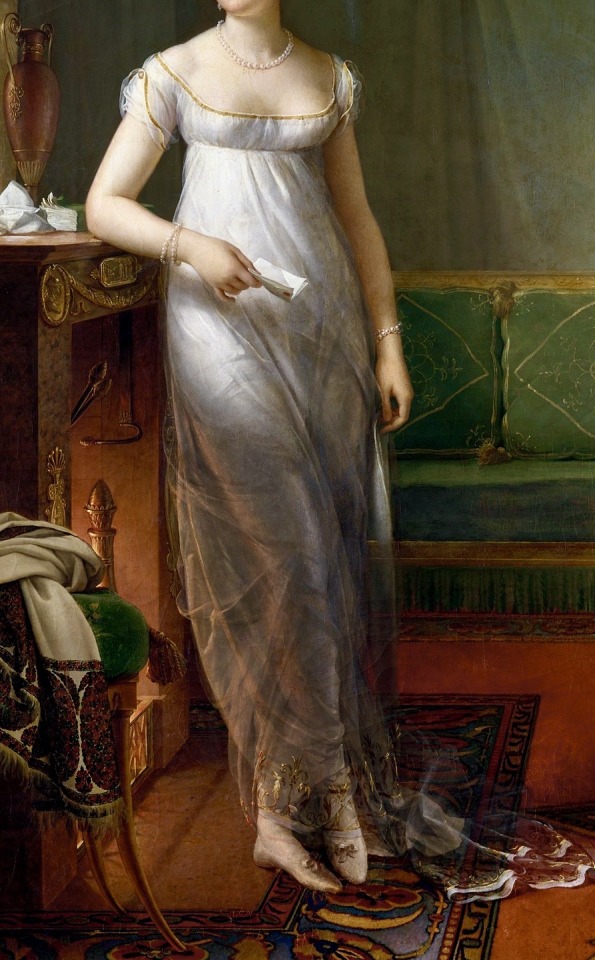
Above (left-right): Pauline Bonaparte, Madame Charles Maurice de Talleyrand Périgord
To call the fabric popular would be an understatement. During the 20th century, there was the “little black dress.” In the early 19th century, it might as well have been called the “little white dress.”

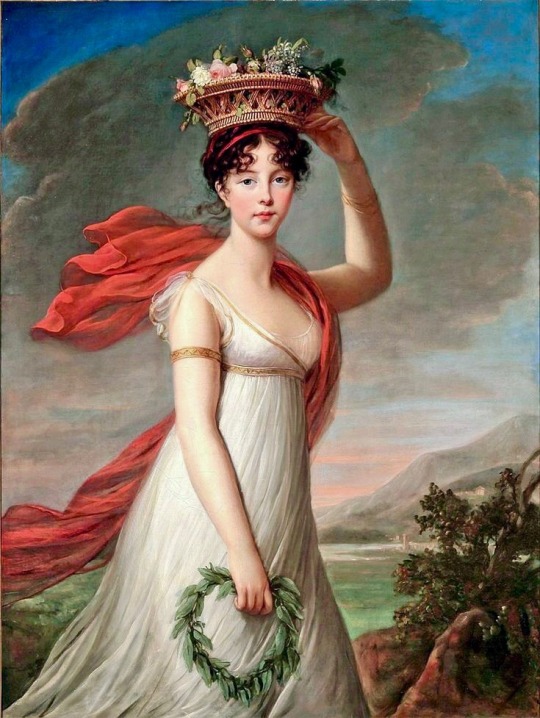
Artist (left-right): Circle of Jacques Louis David, Élisabeth Louise Vigée Le Brun
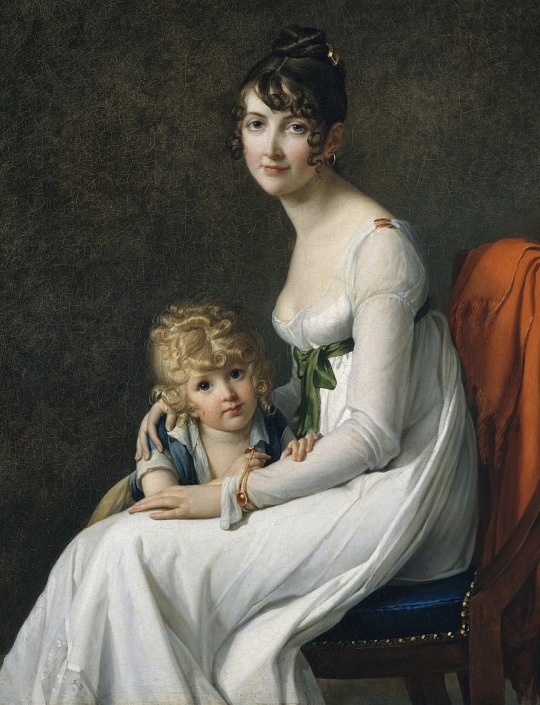

Artist (left-right): Marie-Guillemine Benoist, Jean-Bernard Duvivier
Muslin fabric was made of cotton and imported to Europe from India. This radical change of fashion had begun in the 18th century and caused the French silk industry to lag. Napoleon, in an effort to improve domestic industry, focused his attention on reviving the French silk business. Court dresses in the First French Empire came to be dominated by shiny white silk. This trend continued into the rest of the 19th century and muslin fell out of favor, replaced by silk, satin and tulle.
Sources:
#fashion history#empire style#napoleonic era#empire period#first French empire#napoleonic fashion#empire#history of fashion#text#article#19th century#18th century#muslin#fabric#cotton#silk#Lyon#France#French#French empire#premier empire#French fashion#fashion industry#history#textiles#art#French art#women’s art#female artist#napoleonic
298 notes
·
View notes
Text
it's genuinely really cool to see all the people who are getting into joel's content now that he's joined hermitcraft. as a long time joel enjoyer, i think it's great that people are discovering his stuff outside of the life series (which, as much as i enjoy, doesn't properly show off his personality) and falling in love with it the way i did all those years back.
#i had a two or so year period where i didn't really watch mcyt (before i got into the empires sphere)#joel was the only exception#part of me thinks that i wouldn't be in this fandom if not for him#hell his empires pov was the first one i watched#(which is a terrible introduction to the series but i think that's hilarious personally)#sorry for going on a tangent here in the tags but my point stands#hermitcraft#hermitcraft season 10#joel smallishbeans#smallishbeans#hermitcraft joel#<- absolutely insane that this is a legitimate tag now
121 notes
·
View notes
Text

A ROMAN MARBLE PORTRAIT BUST OF THE EMPEROR LUCIUS VERUS
ANTONINE PERIOD, LATE 2ND CENTURY A.D.
Lucius Aurelius Verus (15 December 130 – January/February 169) was Roman emperor from 161 until his death in 169, alongside his adoptive brother Marcus Aurelius. He was a member of the Nerva–Antonine dynasty. Verus' succession together with Marcus Aurelius marked the first time that the Roman Empire was ruled by more than one emperor simultaneously, an increasingly common occurrence in the later history of the Empire.
Born on 15 December 130, he was the eldest son of Lucius Aelius Caesar, first adopted son and heir to Hadrian. Raised and educated in Rome, he held several political offices prior to taking the throne. After his biological father's death in 138, he was adopted by Antoninus Pius, who was himself adopted by Hadrian. Hadrian died later that year, and Antoninus Pius succeeded to the throne. Antoninus Pius would rule the empire until 161, when he died, and was succeeded by Marcus Aurelius, who later raised his adoptive brother Verus to co-emperor.
As emperor, the majority of his reign was occupied by his direction of the war with Parthia which ended in Roman victory and some territorial gains. In the spring of 168 war broke out in the Danubian border when the Marcomanni invaded the Roman territory. This war would last until 180, but Verus did not see the end of it. In 168, as Verus and Marcus Aurelius returned to Rome from the field, Verus fell ill with symptoms attributed to food poisoning, dying after a few days (169). However, scholars believe that Verus may have been a victim of smallpox, as he died during a widespread epidemic known as the Antonine Plague.
Despite the minor differences between them, Marcus Aurelius grieved the loss of his adoptive brother. He accompanied the body to Rome, where he offered games to honour his memory. After the funeral, the senate declared Verus divine to be worshipped as Divus Verus.
#A ROMAN MARBLE PORTRAIT BUST OF THE EMPEROR LUCIUS VERUS#ANTONINE PERIOD#LATE 2ND CENTURY A.D.#marble#marble bust#ancient artifacts#archeology#archeolgst#history#history news#ancient history#ancient culture#ancient civilizations#ancient rome#roman history#roman empire#roman emperors#roman art
159 notes
·
View notes
Text
Unexpected Visitor
Dropping this here for the other Rolan girlie pops.
Rated Explicit, praise kink, and throne sex (and spoilers for Act 3)
Summary:
"...finally, finally, I have found a moment of peace. A moment to breathe. And here I am, in your tower–-dressed in the finest robe I own, mind you-–and you refuse to let me seduce you with the witty remarks and coy entendres I had prepared ahead of time. Such a shame.”
She tucked a stray piece of hair behind his ear.
Rolan wondered when exactly he had lost control of this situation.
#rolan x tav#bg3 rolan#holy rolan empire#hi i'm new here and just returned from a 7 year dormant period#here's a thing because i love this pissy tiefling
106 notes
·
View notes
Text

Golden Hour (+ lineart below cut)
I took a picture of the lines for once and did some basic crappy photo editing on my phone, so you could probably print this out and use it as a coloring page or something if you so wish lol. Do with it what you will.

#honkai star rail#dr ratio#veritas ratio#aventurine#aventurine hsr#cherallart#as you can see i forgor i wanted to draw his glasses til like. last second#i can’t believe it’s been like 2 whole months since I last did a whole like. watercolor illustration#part of that’s been bc I’ve been having a bit of a rough semester bc adhd med issues (which are resolved now)#but I really wanted to draw aventurine and ratio. my boys#i’ve been LOVING penacony so far so I needed to get something nice out#anyway I did this while my s/o and I alternated between reading a 500 pg long history book out lout to each other#it’s called ‘the inheritance of rome’ and kinda covers what happened after the collapse of the western roman empire#and tries to identify and explain all the cultural echoes and reverberations and transformations that rose from its ashes#throughout europe north africa and the middle east. anyway it’s super interesting and I highly recommend it#the late antique period is not something often covered/talked abt in public ed hist classes. at least not when I was goin through em#or the transitory period between it and the early medieval period at least#i still got 150 pages left and a final paper due on it in like 4 days but it’s only a 5 pg minimum and I’m a wordy bitch so#i think i can make it#anyway back to that I go
68 notes
·
View notes
Text
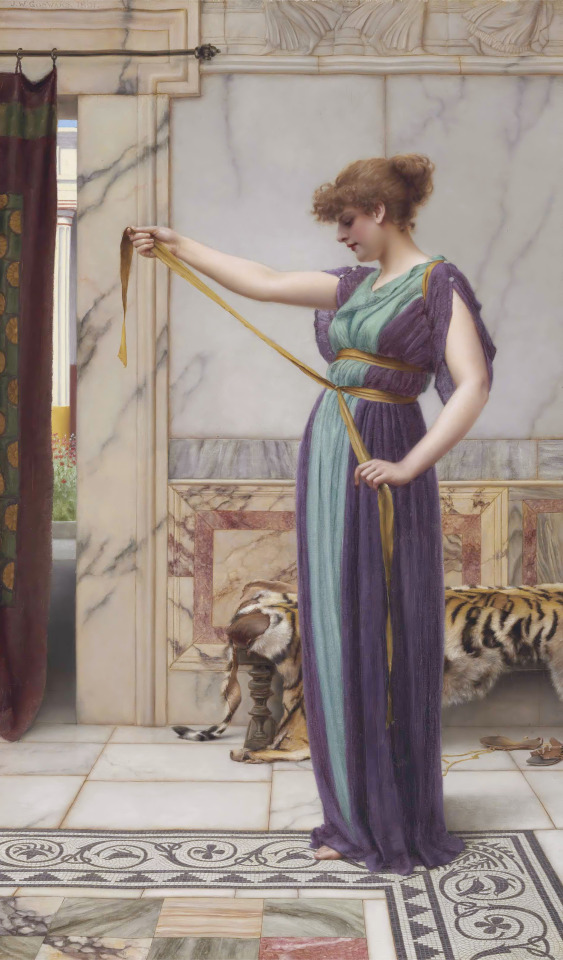
A Pompeian Lady, John William Godward, 1891
#art#art history#John William Godward#historical painting#ancient history#Ancient Rome#Roman Empire#Pompeii#imaginary portrait#Academicism#Academic art#Neoclassicism#Neoclassical art#British art#English art#19th century art#Victorian period#Victorian art#oil on canvas
1K notes
·
View notes
Text
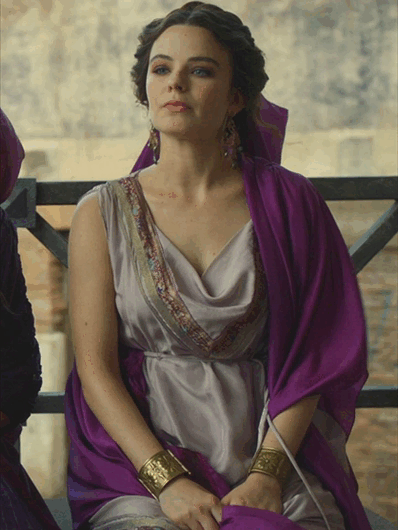


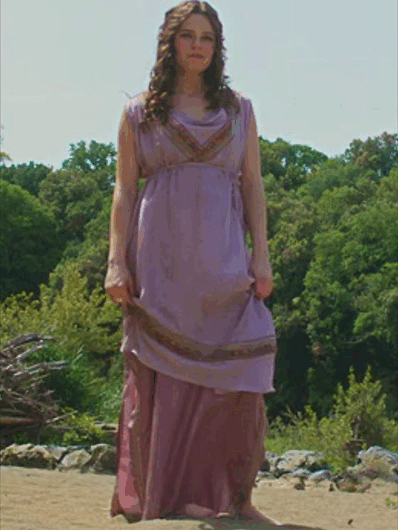


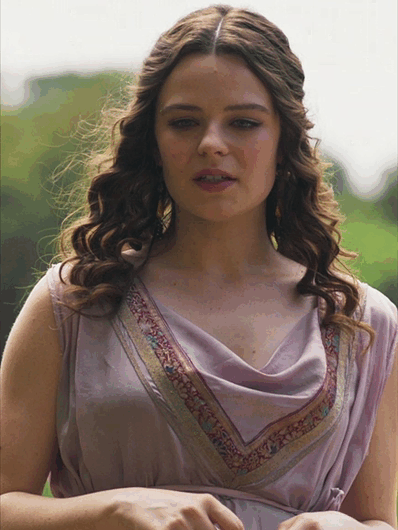


Domina + Costumes
Marcella's purple & golden dress in Season 02, Episode 02, 04 & 08.
// requested by @idreamhistory & @butterfliesjewels2134
#Domina Sky#Domina (2021)#Marcella#Claudia Marcella Major#costumes#costume drama#costumesource#period drama#perioddramaedit#100s BC#purple#gold#Rome#Italy#Roman Empire#Europe#requests
95 notes
·
View notes